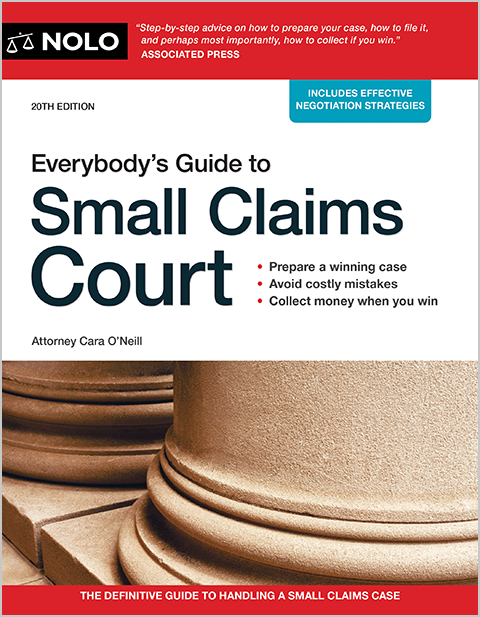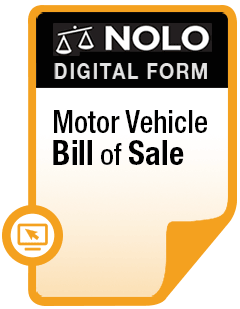Lyft and Uber drivers' options after a rideshare vehicle accident, and how they can protect themselves before a crash happens.
Uber and Lyft have been mainstays on the transportation scene for years now, but there's still a fair amount of confusion when it comes to how rideshare passengers can seek compensation if they're injured in a rideshare vehicle accident, and how rideshare companies classify their drivers.
This article focuses on something of a hybrid topic: Rideshare drivers' options when they're in a traffic accident while driving for Lyft or Uber, including:
- insurance coverage issues and other key factors that affect a rideshare driver's post-crash options, and
- how Uber and Lyft drivers can protect themselves before a crash occurs.
- When Did the Rideshare Accident Occur?
- Where Did the Rideshare Accident Occur?
- Who Was At Fault for the Rideshare Vehicle Accident?
- Does the Uber/Lyft Driver Have a Car Insurance Policy Rideshare Endorsement?
- How Can Rideshare Drivers Protect Themselves?
- Does Workers' Compensation Apply If I'm Injured While Driving for Uber or Lyft?
- Getting Help After a Car Accident As a Rideshare Driver
When Did the Rideshare Accident Occur?
This factor is important after a car accident involving a rideshare vehicle, because it determines whether the rideshare company's policy is in effect and if so, what car insurance coverage applies. Generally speaking, there are three phases at play.
In phase one, the rideshare app is off. During this time, the rideshare driver's personal car insurance policy will apply to any accident the rideshare driver is involved in.
In phase two, the rideshare driver is on the rideshare app, but is waiting for a passenger to request a ride. The rideshare company's policy will provide third-party liability car insurance protection up to what's required under applicable state law.
One thing to keep in mind is that this is third-party liability coverage. That means it does not cover the rideshare driver's own car accident injuries or vehicle damage. Also, this coverage only goes into effect if the rideshare driver's personal car insurance policy does not apply or is insufficient. Learn more about different types of car insurance coverage.
In phase three, the rideshare driver is in the process of transporting a passenger or is on the way to pick up a passenger. The rideshare car insurance policy will usually provide:
- uninsured/underinsured coverage (UM/UIM)
- contingent collision and comprehensive coverage (subject to a $2,500 deductible), and
- third-party liability coverage up to $1,000,000.
Unlike most of the coverage offered by a rideshare company, UM/UIM will apply to the rideshare driver. However, this is only if:
- the accident was another driver's fault, and
- the other driver doesn't have sufficient car insurance coverage.
The contingent collision and comprehensive coverages also apply regardless of who is at fault for the car accident, and will pay for the damage to the rideshare driver's vehicle. But the rideshare driver must already have comprehensive and collision coverage under their personal car insurance policy.
Get more details on what Uber and Lyft drivers need to know about car insurance coverage.
Where Did the Rideshare Accident Occur?
Different states might impose their own specific car insurance coverage requirements on rideshare companies. For example, Uber drivers in California enjoy expansive car insurance coverage through injury protection insurance at no additional charge. But drivers in most states must purchase this coverage themselves.
Who Was At Fault for the Rideshare Vehicle Accident?
The answer here typically determines how the claim process will play out. If the other driver is at fault, the rideshare driver will likely file a claim with that driver's car insurance company (called a "third party" car insurance claim).
Does the Uber/Lyft Driver Have a Car Insurance Policy Rideshare Endorsement?
If the rideshare driver is at fault for the accident and seeks compensation for injuries or property damage, they can first file a claim with their own car insurance company. But unless they have a rideshare policy or purchased a rideshare endorsement, the claim will likely get denied based on the rideshare driver's engaging in commercial activity (driving for hire) at the time of the accident. Most garden-variety car insurance policies will not offer any coverage if the insured gets into an accident while driving for a rideshare company.
If the rideshare driver needs compensation only for damage to their vehicle, they can file a claim under the contingent collision and comprehensive coverage offered by the rideshare company. But remember, they must also have collision and comprehensive coverage under a personal car insurance policy.
Uninsured Motorist Coverage May Play a Part
If after filing a claim with the at-fault driver's car insurance company, any payout is insufficient to fully compensate the rideshare driver, then the rideshare driver can submit a UM/UIM claim under their own insurance policy (if they have this kind of coverage, and again, if there's also a rideshare endorsement/add-on).
How Can Rideshare Drivers Protect Themselves?
The above discussion makes it clear that if you're a rideshare driver, you're likely at serious risk of having limited avenues of recovery if involved in a car accident. So before you take the next trip for Lyft or Uber, consider the following options to make sure your rights are protected after an accident.
- Consider purchasing rideshare coverage for your personal car insurance policy. This might mean acquiring a rideshare car insurance policy or adding on a rideshare endorsement to your existing car insurance policy.
- Think about purchasing additional coverage from the rideshare company. For instance, Uber sells Optional Injury Protection insurance that's designed to compensate Uber drivers in select states if they get injured while driving to pick up a passenger, or are in the process of transporting a passenger.
Does Workers' Compensation Apply If I'm Injured While Driving for Uber or Lyft?
No, workers' compensation almost certainly won't be an option if you get hurt while driving for Uber or Lyft. That's because workers' comp benefits are only available to employees, not independent contractors. Rideshare companies categorize their drivers as independent contractors, and so far, states have honored that classification.
Getting Help After a Car Accident As a Rideshare Driver
If you're injured in a car accident as a rideshare driver, there's a lot to unpack when it comes to available insurance coverage and the right strategy for making a claim. If you have questions about your options and your best path forward, an attorney will have the answers. Learn how an attorney can help with a car accident claim and get tips on finding the right lawyer for you and your case.
- When Did the Rideshare Accident Occur?
- Where Did the Rideshare Accident Occur?
- Who Was At Fault for the Rideshare Vehicle Accident?
- Does the Uber/Lyft Driver Have a Car Insurance Policy Rideshare Endorsement?
- How Can Rideshare Drivers Protect Themselves?
- Does Workers' Compensation Apply If I'm Injured While Driving for Uber or Lyft?
- Getting Help After a Car Accident As a Rideshare Driver



